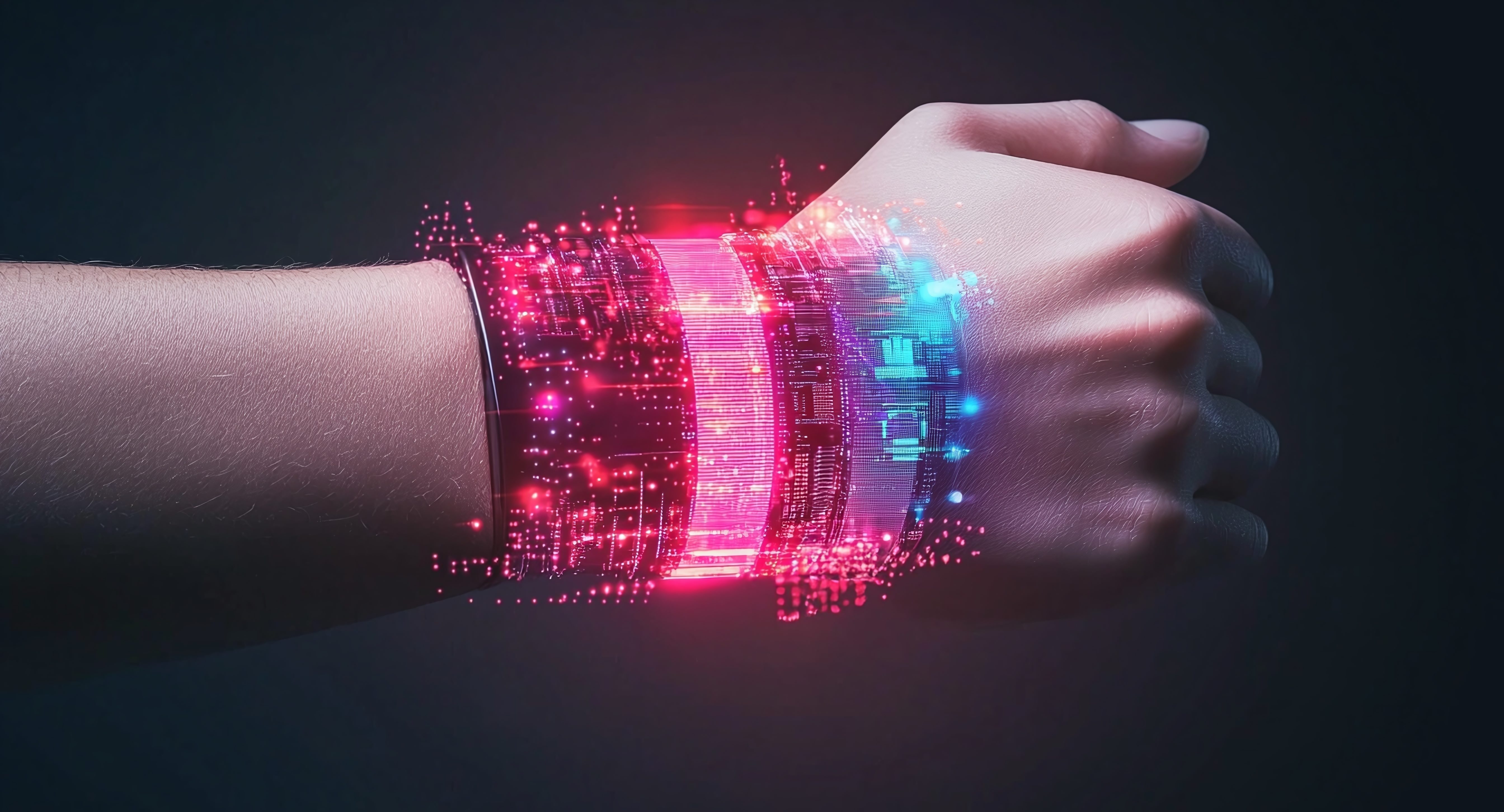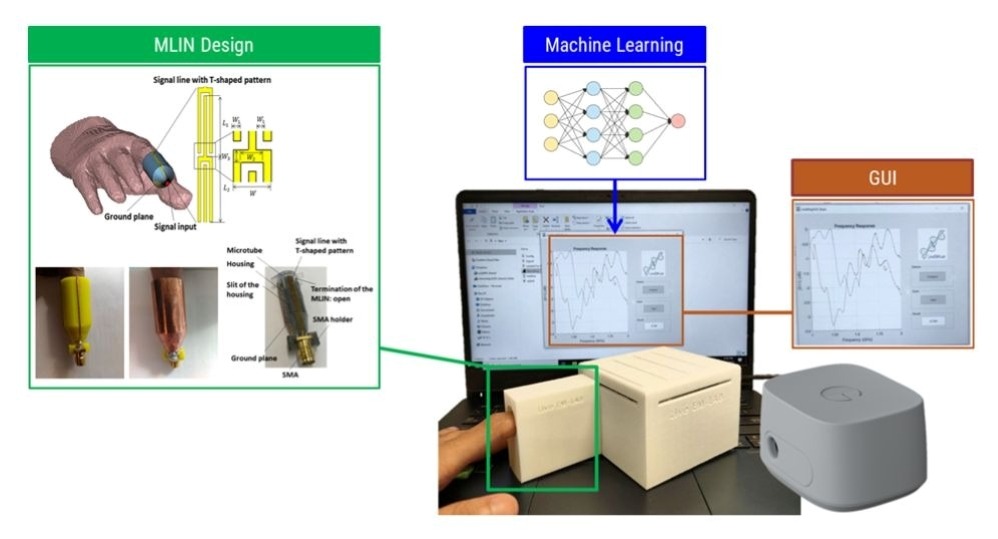Microstrip line based non-invasive glucose meter for continuous glucose monitoring (CGM)


KEY INFORMATION
TECHNOLOGY OVERVIEW
The global diabetes prevalence is estimated to be 9.3% in 2019 and is expected to rise to 10.9% by 2045 [1]. Although there is no cure for diabetes, regular blood glucose monitoring and appropriate medication can control the symptoms.
Electrochemical glucose meters are accepted as being the most accurate and reliable glucose measurement devices. However, they are invasive and patients need to take three to six measurements daily. As a result, their nervous system may be damaged due to long-term usage.
There are several proposed approaches for non-invasive glucose monitoring, mainly based on optical, transdermal and electrochemical techniques. Due to the nature of these technologies, the proposed approaches are not suitable for continuous monitoring.
This technology is a wearable sensor that makes use of transmission line implemented using a microstrip working at microwave frequencies to measure blood glucose non-invasively and continuously. The technology owner is looking for licensees to commercialise this technology.
[1] Saeedi, P., et al. (2019). Global and regional diabetes prevalence estimates for 2019 and projections for 2030 and 2045. Diabetes Research and Clinical Practice, 157, 107843.
TECHNOLOGY FEATURES & SPECIFICATIONS
This technology is developed based on the fact that the change of the glucose level in blood alters the electrical properties (permittivity and conductivity) of the tissues at the target site.
It is realised by having a microstrip line (MLIN) built around a finger with the finger serves as the substrate of the MLIN. Signal is input from the tip of the finger. The signal line is on one side of the finger, and the ground plane is on the other side. The return loss of the microstrip is then measured to determine the glucose concentrations.
In this approach, the sensitivity is increased significantly by:
- the dense field between the transmission line and the ground plane for sensing; and
- the patterned transmission line and patterned ground plane.
The sensor can be worn as a ring, finger stall or bracelet. Other similar products have low penetration depth, and their readings are affected by factors such as body temperature and hydration.
POTENTIAL APPLICATIONS
The technology enables continuous, non-invasive monitoring of glucose levels in diabetic patients, offering a reliable, efficient, and patient friendly solution.
Market Trends & Opportunities
The non-invasive glucose meter market, valued at USD 165.41 million in 2022, is projected to grow at a CAGR of 8.65%, reaching USD 321.22 million by 2030 [2]. This growth is fuelled by increasing demand for personalised and data-driven diabetes management solutions.
Advancements in big data analytics and artificial intelligence are transforming the market, enabling real-time glucose monitoring and tailored hypoglycemic control based on individual lifestyle and health data. These innovations address a critical need for non-invasive, patient-friendly solutions that enhance diabetes management while reducing the discomfort and limitations of traditional methods.
With the introduction of such cutting-edge technologies, there is a significant opportunity to capture market share by meeting the growing demand for efficient, AI-driven glucose monitoring devices that empower both patients and healthcare providers.
[2] Data Bridge Market Research. Global Non-Invasive Glucose Meter Market. Retrieved from Data Bridge Market Research.
Unique Value Proposition
This technology offers a non-invasive alternative method, which could be used to develop a continuous glucose monitoring sensor device with high sensitivity.
